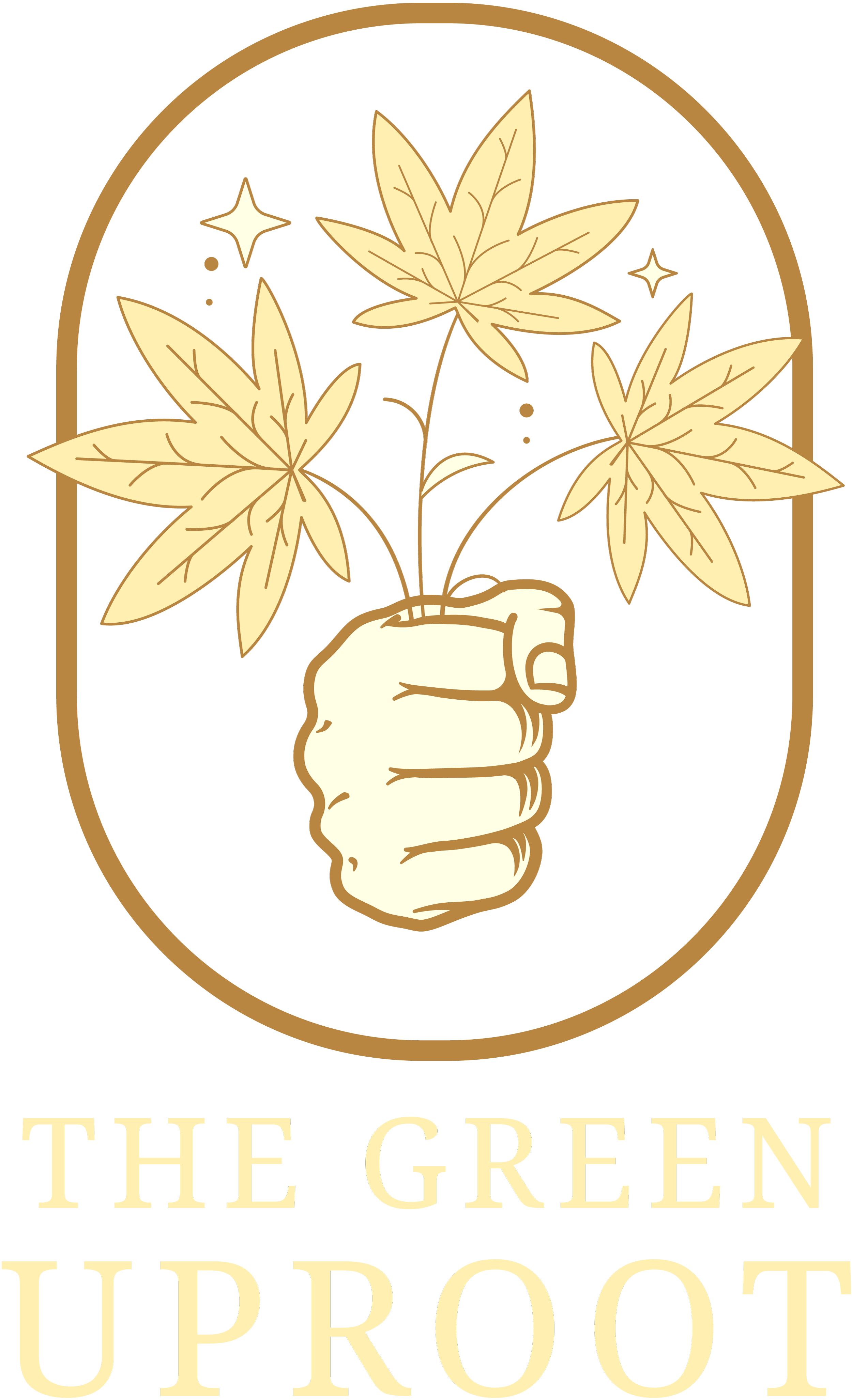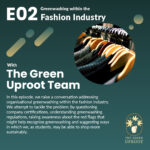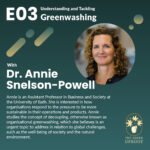The beauty industry’s environmental impact:
Microplastics
- Cosmetics contain microbeads (body scrubs/exfoliants which lead to microplastics making their way into water bodies). These have been shown to cause genetic mutations and changes in fish behaviour (1).
- 70% of the beauty industry’s waste comes from packaging (6).
- Beauty packaging amounts to 120 billion units every year (plastic, paper, glass, metals) (6).
- Cosmetic packaging made of mostly mixed materials (6).
- 56% of British people do not recycle shampoo or shower gel bottles (6).
Ocean chemical pollution
- Parabens and triclosan are chemicals found in a variety of cosmetic products and are found to be endocrine disruptors and have links to cancer (2).
- Oxybenzone (found in most sunscreen products) causes massive destruction of coral reefs (6).
- Chemicals, e.g., Butylated hydroxytoluene (BHT), sodium laureth sulphate (SLES), and Butylated hydroxyanisole (BHA), cause changes in the biochemistry of aquatic life – this includes the reduction of the plankton population and can lead to fish death (6).
- 14,000 tons of suncream get into the ocean and settle on coral reefs yearly (6).
Air pollution
- Volatile organic compounds are found in perfumes, deodorants, and hair sprays. These products contribute significantly to carbon dioxide emissions (3).
- Household and beauty product emissions contribute 50% of VOCs in 33 urban cities (3).
Animal Cruelty
- Cruelty-Free international claim that only 5% of basic animal experiments result in approved treatments within the last 20 years (4).
- Humane Society of the United States claims that 500,000 animals die yearly in cosmetic tests (4).
- 110 million animals are killed yearly in US laboratories each year (4).
Deforestation
- Plantations provide an abundance of plant-based raw materials for the beauty industry, meaning extensive areas of natural forests must be cleared. (6)
- Packaging from tree-based products consumes 18 million acres of forest every year. (6)
Child labour
- Mica is a natural silicate mineral dust used to ‘add shine’ to make-up products – this is mined in India (6).
- There are implications of the mica mining industry in child labour practices (5).
- As a result of this, child miners face an average fatality rate of 32 per 100,000 (5).
- A 2016 research study estimated that around 22,000 children were involved in mica mining in Jharkhand and Bihar (6).
The British beauty council discovered 1 in 3 people do not understand the origin of the ingredients in their beauty and personal care products (6). As consumers, it is incredibly difficult to navigate the beauty industry and interpret the differences between inaccurate marketing claims and authentic eco-friendly products.
If you are looking for guidance, we have provided a few helpful resources:
Eco-friendly sunscreens: Zero Waste Sunscreen – 10 of the Best for Plastic-free Sun (trvst.world)
Zero-waste make-up brands: 17 Best Zero Waste Makeup Brands for Sustainable Beauty Routines (trvst.world)
How to identify greenwashing in the beauty industry: Before You Buy: How to Identify Greenwashing in the Beauty Industry – Flourish (flourish-living.com)
References:
1. Limonta and Mancia et al., 2019, ‘Microplastics induce transcriptional changes, immune response and behavioural alterations in adult zebrafish’, Scientific Reports, 9(15775).
2. Juliano and Magrini, 2017, ‘Cosmetic Ingredients as Emerging Pollutants of Environmental and Health Concern. A Mini-Review’, Cosmetics, 4(2)
3. McDonald and De Gouw et al., ‘Volatile chemical products emerging as largest petrochemical source of urban organic emissions’, SCIENCE, 359(6377), pp 760-764
4. The Ugly Truth of the Beauty Industry (unsustainablemagazine.com)
5. Global mica mining and the impact on children’s rights (2018) SOMO
6. Environmental Impact of Cosmetics & Beauty Products (trvst.world)



